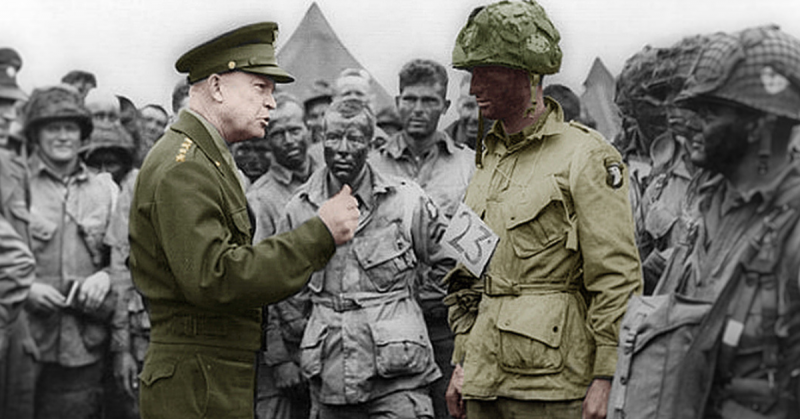The D-Day assault on 6 June 1944 was one of the most remarkable achievements in military history. It was made possible by a huge effort of planning and preparation. Not least in this was the training of the men who would take part.
An Army in Waiting
By the spring of 1944, much of England had become a military encampment. 39 divisions of soldiers were spread across the south – 20 American, 14 British, three Canadian, one French, and one Polish. Hundreds of thousands of men were under arms, all of whom had to be prepared for the coming offensive.
Some of these men were already veterans, having fought in Italy and North Africa or as far back as the falls of Poland and France. Though they had combat experience, there was still room for improvement. Few had faced a beach landing under fire.
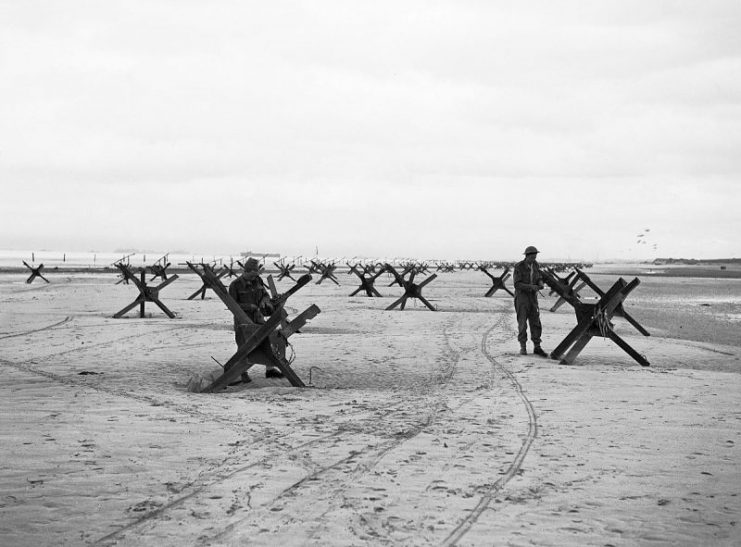
Some of the green troops were in better shape than their battle-hardened but increasingly weary comrades. British and Canadian units had spent years waiting for their chance at action. The Canadians in particular had been living in a foreign country, their only chance for action having been the disastrous Dieppe raid, while they trained and prepared.
https://youtu.be/H1NxrQ9Je1s
Becoming Soldiers
The first steps in training took place in wildly different conditions. From the sun-drenched Texan plains to the windy Yorkshire moors to the snow-blasted wilds of Canada, different men entered their respective armies in very different circumstances. But the routines of army life, evolved from the infantry drills of the 18th century, were the same the world over.
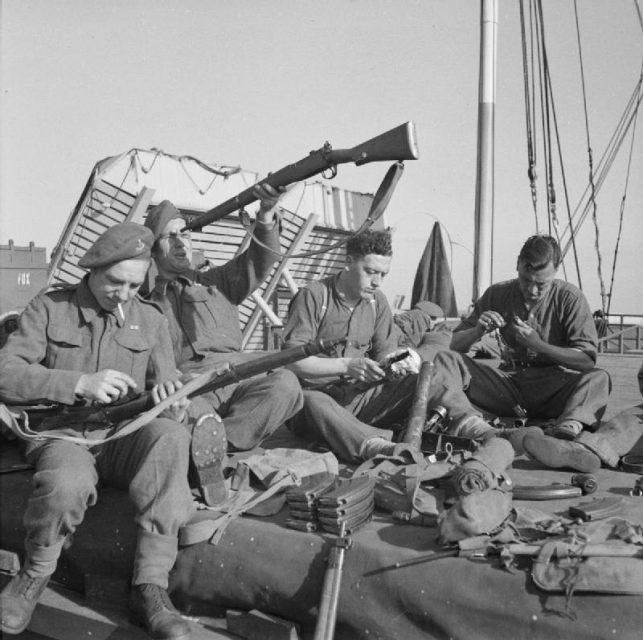
First came the induction. Recruits had their hair cut short and were shoveled into army uniforms. They were inoculated against a range of illnesses, shown disturbing films about the hazards of venereal disease (VD), and thoroughly poked and prodded by military doctors.
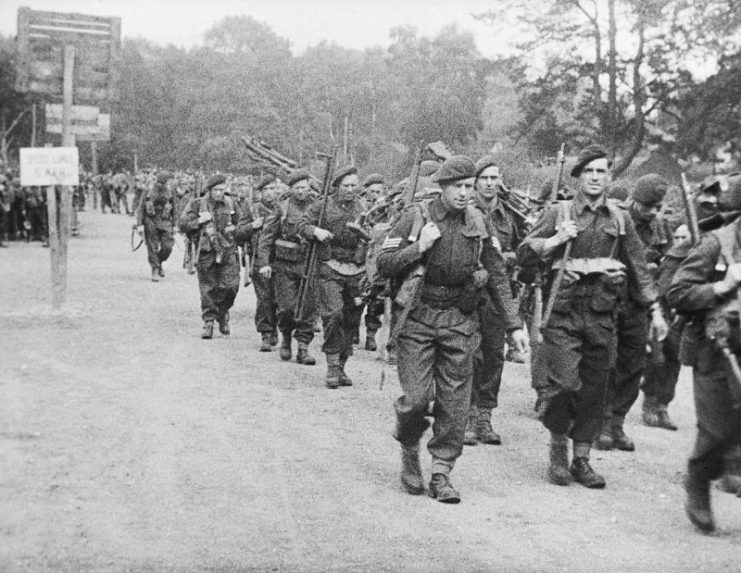
Then came the disciplinary part of training. Marching in unison. Running on command. Scrubbing latrines. Carrying out every last task, however stressful and demeaning, because above all they were being taught obedience.
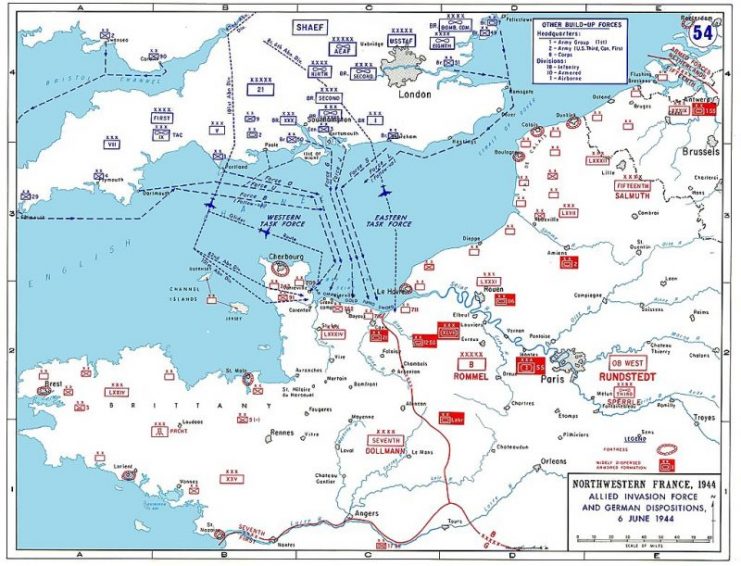
A little of the training was purely about making men snap to attention on command. Vigorous exercise improved their physical fitness, and hygiene was vital to keeping an army healthy. If any activity could help enforce discipline, then it would be done.
Under Fire
Alongside their disciplinary training, the men started learning how to fight. The majority would be riflemen, so they were trained in how to fire accurately and quickly, how to maintain and load their weapons, and how to fix bayonets and fight up close. Charging sacks of straw instilled the physical movements needed to run a man through, if not the emotional endurance.
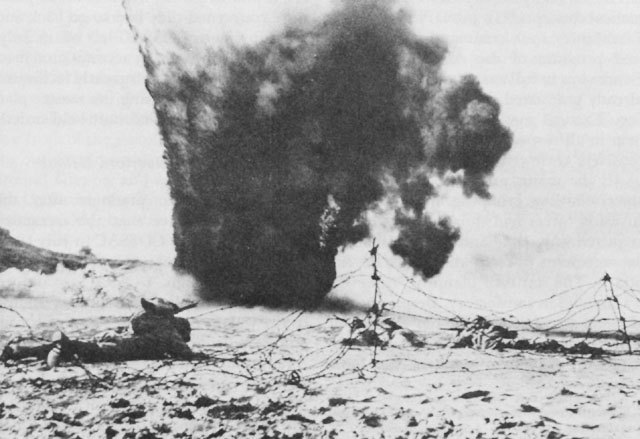
As well as learning to fire, they learned how to cope while the enemy were firing at them. Live ammunition was used to hammer home the realities of war. Sometimes real blood was thrown at the men to add to the effect. They were sent on long runs in full battle gear, further building up their physical endurance.
For those in the armored divisions, the experience was a little different. There was still a focus on discipline and fitness, alongside some small arms training. But they also had to learn the skills required to drive, load, and fire their vehicles. Tracks tore up the plains of southern England as tank drivers practiced their craft.
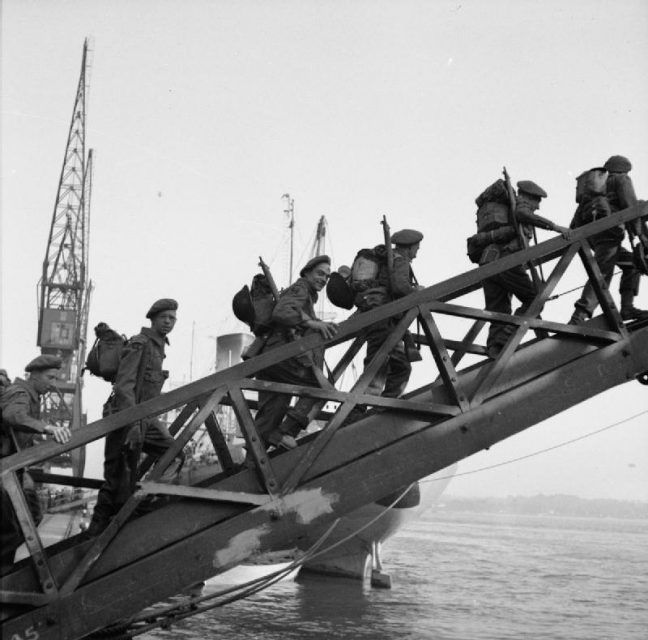
Specialist Training
Some men were given unusual or specialist training. Mortar crews, machine gunners, and combat medics all had their roles to play within infantry regiments. As well as the core skills shared by those around them, they trained in the distinctive tasks they would undertake, whether targeting a mortar or treating a gut-shot soldier.
Not all of this training proved useful. The 5th Duke of Cornwall’s Light Infantry spent weeks training as bicycle troops, learning to pedal and maintain their balance under a great weight of equipment. This all went to waste, as within hours of reaching the war zone they were told to set aside their bikes.
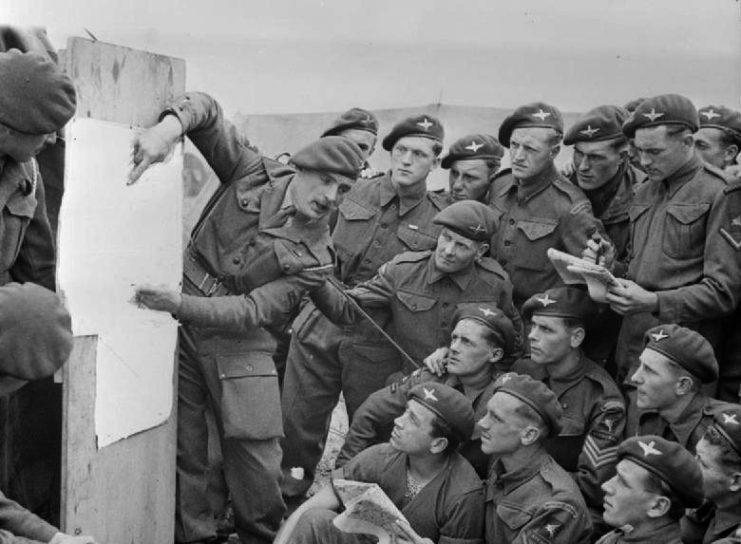
The most prestigious specialist training was that of the paratroopers. The Second World War lay between the emergence of powered flight and the development of combat helicopters, making parachutes and gliders the only way of landing men behind enemy lines. Parachute training took a particular sort of courage and provided another sort of specialized skill.
Preparing for the Landings
As the D-Day landings drew near, training began for the challenges of an amphibious assault.
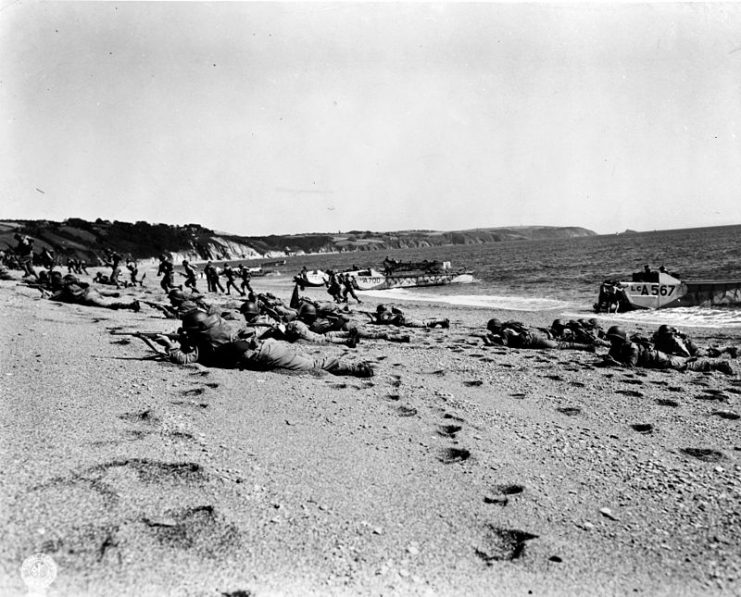
Places were found that bore some similarity to the Norman beaches. At Slapton Sands in Devon, Burghead in the Moray Firth, and other points along the British coast, trainees made simulated landings. Seasick soldiers rushed ashore from landing craft and crossed beaches stricken by live fire, including exploding mines and the tracers of chattering machine guns. All the noise and chaos of a real landing was reproduced to prepare them psychologically.
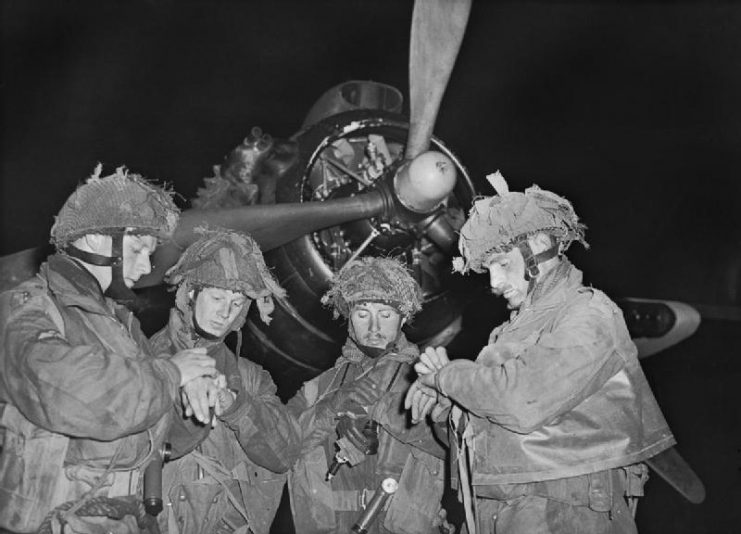
At Newbury in Berkshire, a British paratrooper colonel took things even further. He requisitioned a spot similar to where his troops would be landing in France, bulldozed it into a complete imitation, and had a replica of a German gun battery built, all so that his men could practice their assault.
Accidents
When putting so many men through strenuous training, accidents were bound to happen. Some men were injured or died. During one exercise near Reading, a mock conflict between British and French-Canadian troops turned into real violence. Men were killed on both sides as tempers overtook professionalism.
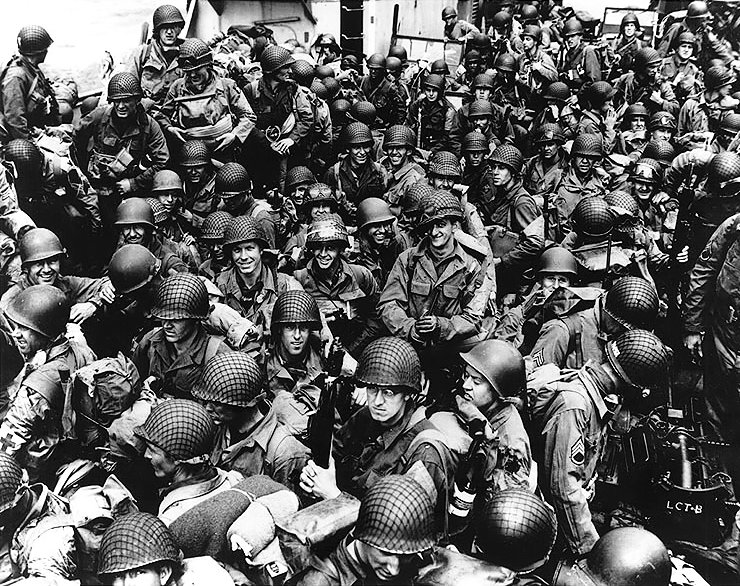
On the flip side, there was also training to avoid accidents during the invasion. American crews learned how to escape from their amphibious tanks if they foundered off the beaches. Once a Sherman started sinking, the crew had only 20 seconds to get out, so preparedness was important.
Read another story from us: D-Day Up Close -Dozens of Photos Show the Allies Normandy Invasion
By the start of June, the soldiers were well-prepared. They had trained to handle their weapons, trained for fitness, and trained to land on a hostile beach under fire.
Thanks to those years of training, they were as ready as they could get for the real thing.
